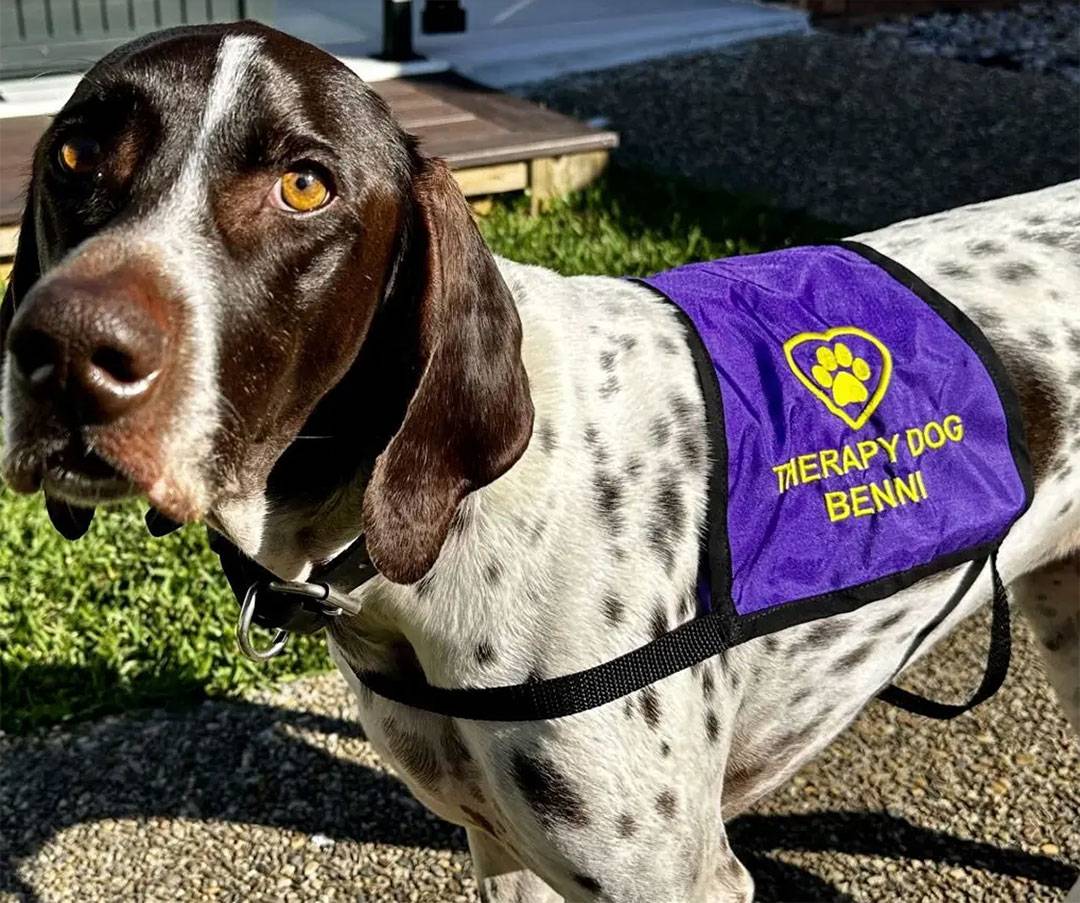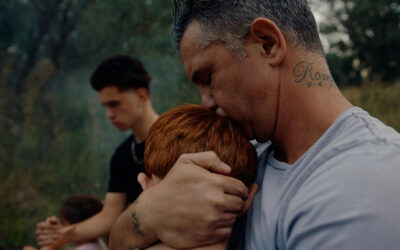With play therapy, animal-assisted therapy and psychotherapy under one roof, P3 Sunshine Coast is making a paw-sitive change to the therapy journey for all ages.
When Jodi-Maree Cronin retired from her job as a doctor and started training assistance animals, she quickly realised the many ways that dogs could change lives. Not only for their ability to open doors, fetch items and assist their human but also for the difference they make simply by being present.
“Just having them around to co-regulate makes a difference to people,” says Jodi. “They’re a safe other. They live in now, they don’t judge, they don’t hold grudges, and they enjoy the moment they’re in.”
Realising this positive impact, Jodi decided to combine her medical background and her assistance dog training to provide a life changing therapy service that combines play, paws and psychotherapy, all under one roof. We take a closer look at the unique blend of P3 therapy.
“Toys are children’s words, and play is their language”
—Landreth, G. 2012, Play Therapy: The Art of The Relationship.
Play Therapy
Child-centred Play Therapy (CCPT) is a proven way to help kids aged 4-12 struggling with their emotions, behaviours, and relationships. Kids use their natural way of talking—playing—to share their feelings and thoughts. This happens in a safe and caring environment, where they can express themselves when they can’t find the right words.
“Traditional talk therapy doesn’t work for younger children—they communicate through symbolism and play. They’ll play through scenarios until they rewrite the script. Part of facilitating child-centred play therapy is to help them get to that point where they can rewrite the script,” says Jodi.
At P3 there’s the option of including animals in CCPT providing both the animal and the child are consenting. Ultimately safety determines if one the dogs is invited to participate in a play therapy session.
“There are almost no rules in play therapy, So they’re allowed to express themselves in the play room without judgement.” says Jodi.
CCPT is a well-established form of therapy for young children, and adding in the comfort of a dog can make that difference to break through certain barriers.
“Through the process, they can label feelings, allowing the child to express themselves in a more regulated, adaptive manner in the real world,” says Jodi.

Benni Therapy dog at P3 – animal assisted therapy on the Sunshine Coast
Paws & Animal Assisted Therapy
Animal Assisted Therapy (AAT) is a way for teens and grown-ups to achieve their therapeutic goals using interaction with animals. This means watching and spending time with animals, almost like teamwork with the dog to reach the goals you want in therapy.
“Many people think it’s simply talking as you cuddle a dog, but it’s not that at all!” says Jodi. “It’s not about always touching the animals. Instead, we focus on how animals can model good relationships and boundaries. During the psychotherapy session, we spend around 20 minutes with the animals. They might play, or if they agree, they might interact directly with you.”
Because the animals model safe relationships, they’re a medium through which teens can communicate.
“It’s amazing what you get out of five minutes with somebody if you know what to ask and what to use as a model out of the interaction with the animal!”
AAT can be very successful for teenagers and adults with anxiety, depression, ADHD, ASD, or those having problems with relationships at school and kids with a history of self-harm.
Psychotherapy
Of course, not everyone likes dogs! So Jodi also provides regular psychotherapy sessions for anyone who prefers fur-free therapy.


